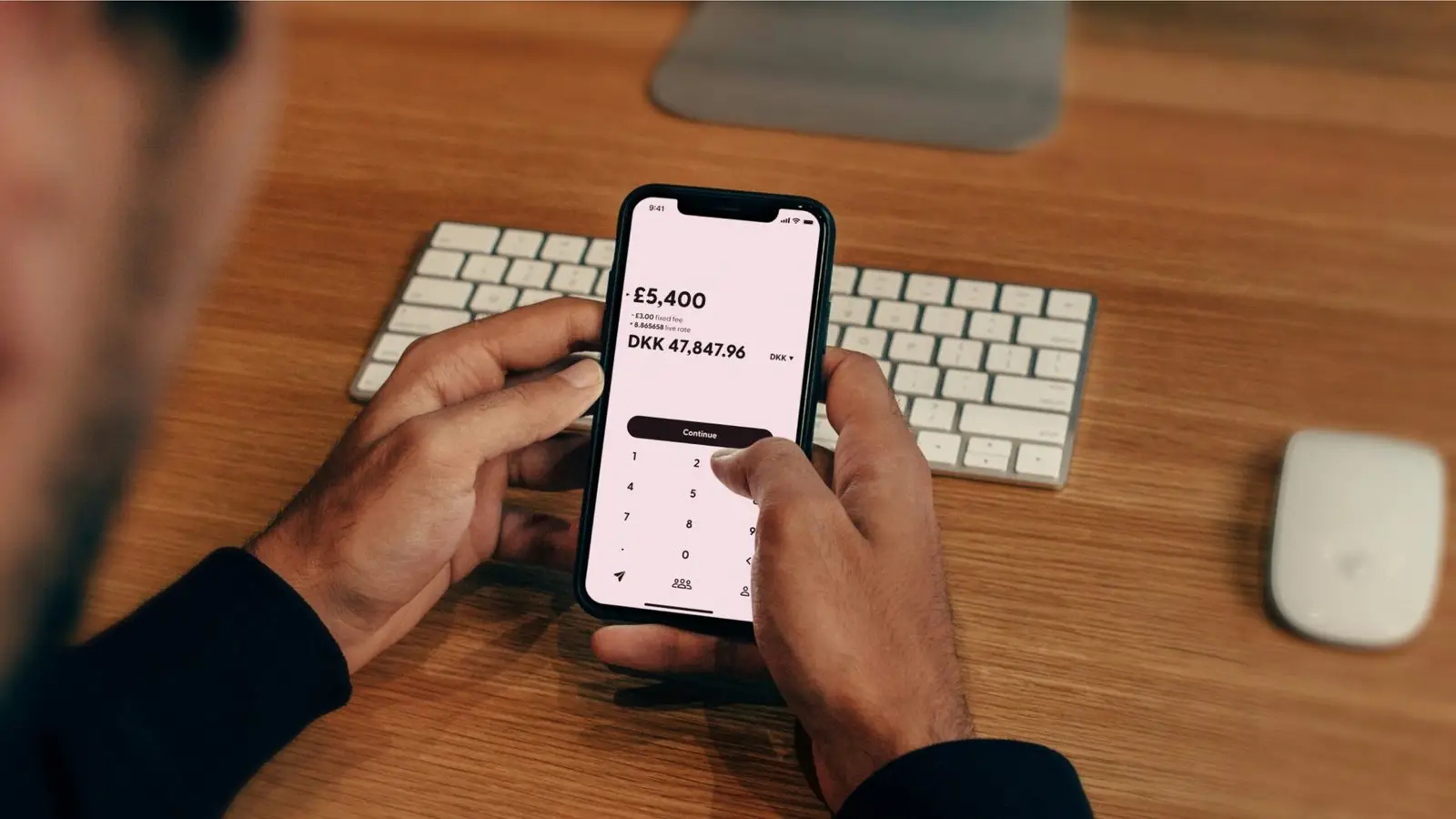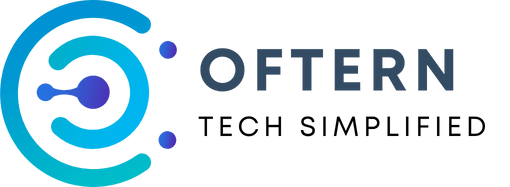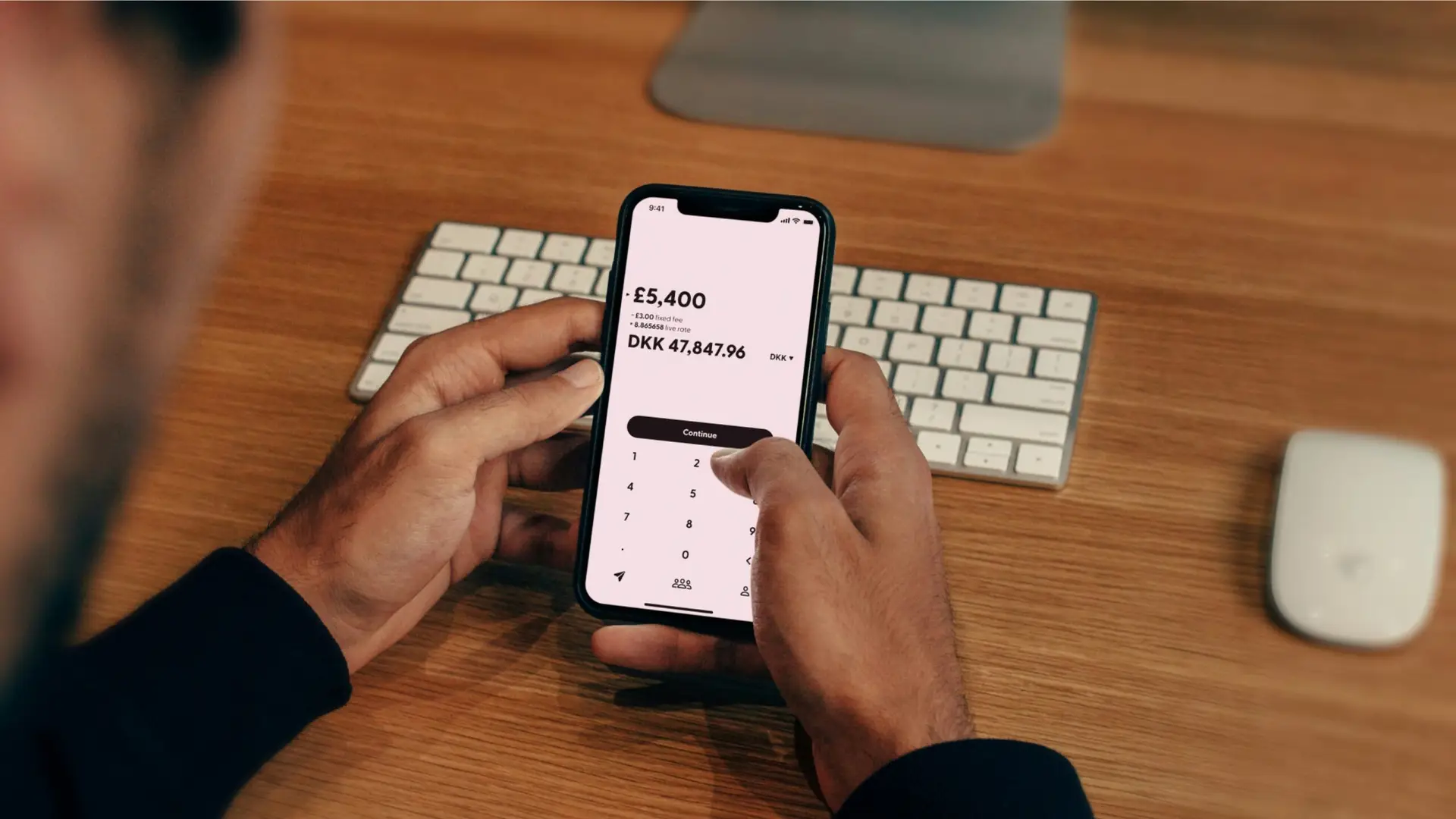
Introduction to Personal Budgeting Apps
Personal budgeting refers to the process of creating a plan to manage an individual’s financial resources effectively. It encompasses tracking income and expenses, allocating funds for savings, and preparing for future financial obligations. With the increasingly complex financial landscape, effective budgeting has never been more crucial for individuals seeking to achieve financial stability and reach their financial goals.
The advent of technology has revolutionized personal finance management, giving rise to a wide range of personal budgeting apps that assist users in their quest for financial literacy. These applications provide users with tools to easily track their spending habits, categorize expenses, and analyze their financial patterns. By making budgeting accessible and user-friendly, these apps have opened up new possibilities for individuals to take control of their financial health.
Budgeting apps facilitate real-time tracking of finances, allowing users to stay aware of their spending and adjust their financial habits promptly. For example, many apps automatically sync with bank accounts and credit cards, providing users with instant updates on their spending. This immediate feedback helps users identify areas where they can cut costs, thereby saving money in the long run. Additionally, personal budgeting apps often feature customized insights and recommendations based on user behavior, making it easier for individuals to develop better spending habits tailored to their unique financial situation.
Moreover, these applications often incorporate features that help users set financial goals, such as saving for a vacation, paying off debt, or building an emergency fund. By breaking down larger financial targets into manageable steps, budgeting apps can enhance motivation and accountability, leading to greater success in achieving financial objectives. Overall, personal budgeting apps represent an essential tool for those seeking to boost their financial awareness and improve their budgeting practices in the digital age.
Key Features to Look For in Budgeting Apps
When selecting a financial application for personal budgeting, several key features are essential to consider, ensuring that the app meets user needs effectively. A user-friendly interface is paramount; it allows individuals to navigate the app with ease, making the budgeting process more intuitive and less daunting. An engaging design can enhance the overall user experience, fostering regular usage and engagement with the budgeting tool.
Expense categorization stands out as another critical feature. Proper categorization helps users track their spending habits and identify areas where they can cut costs. The ability to create custom categories further enhances the app’s flexibility, allowing users to tailor their budgeting experience according to their unique financial circumstances.
Bank synchronization is also a vital feature, enabling users to link their financial accounts directly to the application. This automatic tracking of transactions saves time and effort, providing up-to-date information about spending and available balances. Regular updates through bank synchronization can help users maintain accurate budgets, ensuring they are aware of their financial standing at all times.
Goal setting features in budgeting apps allow users to define specific financial objectives, whether saving for a vacation or paying off debt. This capability can motivate users to stay on track and make informed financial decisions in accordance with their goals. Similarly, robust reporting tools should be available, offering insights into spending patterns, income trends, and budget performance over time, aiding users in making sound financial decisions.
Lastly, attention to security and privacy cannot be overstated. A trustworthy budgeting app should utilize encryption to protect sensitive data while also offering transparent policies regarding user information. Furthermore, excellent customer support is crucial, ensuring that users can resolve issues or seek guidance whenever necessary, reinforcing their confidence in the app.
Top 10 Finance Apps for Personal Budgeting
In today’s digital age, managing personal finances has become significantly easier with the advent of various finance apps designed for budgeting. Below is a selection of the ten best finance apps available that can help individuals effectively manage their budgets.
1. Mint: Mint is a popular free app that consolidates all personal finance accounts in one place. It offers budgeting tools, expense tracking, and credit score monitoring. Available on iOS and Android, users appreciate its user-friendly interface and comprehensive reporting features.
2. YNAB (You Need A Budget): YNAB focuses on proactive budgeting and offers educational resources to help users take control of their finances. Priced at $11.99/month, it is compatible with iOS, Android, and web browsers. It has received high user ratings for its effectiveness in improving financial discipline.
3. EveryDollar: Created by finance guru Dave Ramsey, EveryDollar provides a streamlined budgeting experience. The app is available for free with optional premium features at $129.99/year. It is designed for iOS and Android users, making it convenient for on-the-go budgeting.
4. PocketGuard: PocketGuard simplifies budgeting by showing how much disposable income you have after accounting for bills, goals, and necessities. The basic version is free, with premium features at $34.99/year. Compatibility includes iOS and Android devices.
5. GoodBudget: A digital envelope budgeting system, GoodBudget allows users to plan their spending ahead of time. It is available for free with optional paid plans starting at $5/month. Users can access it across iOS and Android platforms as well as on web browsers.
6. Personal Capital: This app excels in comprehensive financial planning, combining budgeting with investment tracking. It is free to use and available on both iOS and Android. Users like its detailed financial dashboard, which aids long-term financial planning.
7. Zeta: Designed for couples, Zeta helps users manage shared and individual finances. Zeta is free and compatible with iOS and Android, receiving positive feedback for its user-friendly design and collaborative features.
8. Simple: The Simple app acts as both a bank account and budgeting tool, allowing users to set goals and track expenses easily. No monthly fees are charged, and it is available on iOS and Android, appreciated for its intuitive interface.
9. Honeydue: Another great option for couples, Honeydue allows users to manage joint finances while also keeping individual transactions private. The app is free to use and works on both iOS and Android platforms, garnering favorable reviews for its communication features.
10. Wally: Wally offers expense tracking and budgeting capabilities with a focus on personalization. It is available for free on iOS and Android, and users commend its ease of use and the range of features tailored for various financial needs.
With such diverse options available, individuals can choose a finance app that best aligns with their budgeting goals and preferences. Each app offers unique functionalities that suit different aspects of personal finance management.
Tips for Effective Budgeting Using Apps
The use of finance apps for personal budgeting can significantly enhance financial management when approached strategically. A key recommendation for effective budgeting is to set realistic budgeting goals. Rather than aiming for drastic changes, individuals should start with achievable targets that reflect their income and expenses. This practice not only minimizes the potential for discouragement but also fosters a sense of accomplishment as users make progress toward their financial objectives.
Regularly reviewing and adjusting budgets is another fundamental strategy. Budgets are not static; they should evolve based on changing financial circumstances, spending habits, and goals. Most budgeting apps come equipped with features that allow users to track their spending in real-time. This feature can highlight patterns that may otherwise go unnoticed. By frequently checking in on their budget, users can identify areas to cut back or adjust their spending and saving strategies in a timely manner.
Taking full advantage of the app’s features can also yield significant benefits. For example, many applications offer insights into spending habits or provide alerts when users approach their budget limits. Utilizing these tools can help individuals make informed decisions and prioritize savings effectively by automating savings transfers or creating specific savings goals. Additionally, users should aim to categorize expenses efficiently, as this can lead to more precise tracking and encourage better spending practices.
To avoid common pitfalls, users should be mindful of overcomplicating their budgeting process. Simple and straightforward budgeting methods often prove more effective than convoluted systems that can lead to frustration. Moreover, maintaining consistent budgeting habits is crucial for achieving financial stability. Establishing a routine for reviewing budgets and making adjustments can solidify these practices over time, paving the way for improved financial health and a deeper understanding of personal finance.



